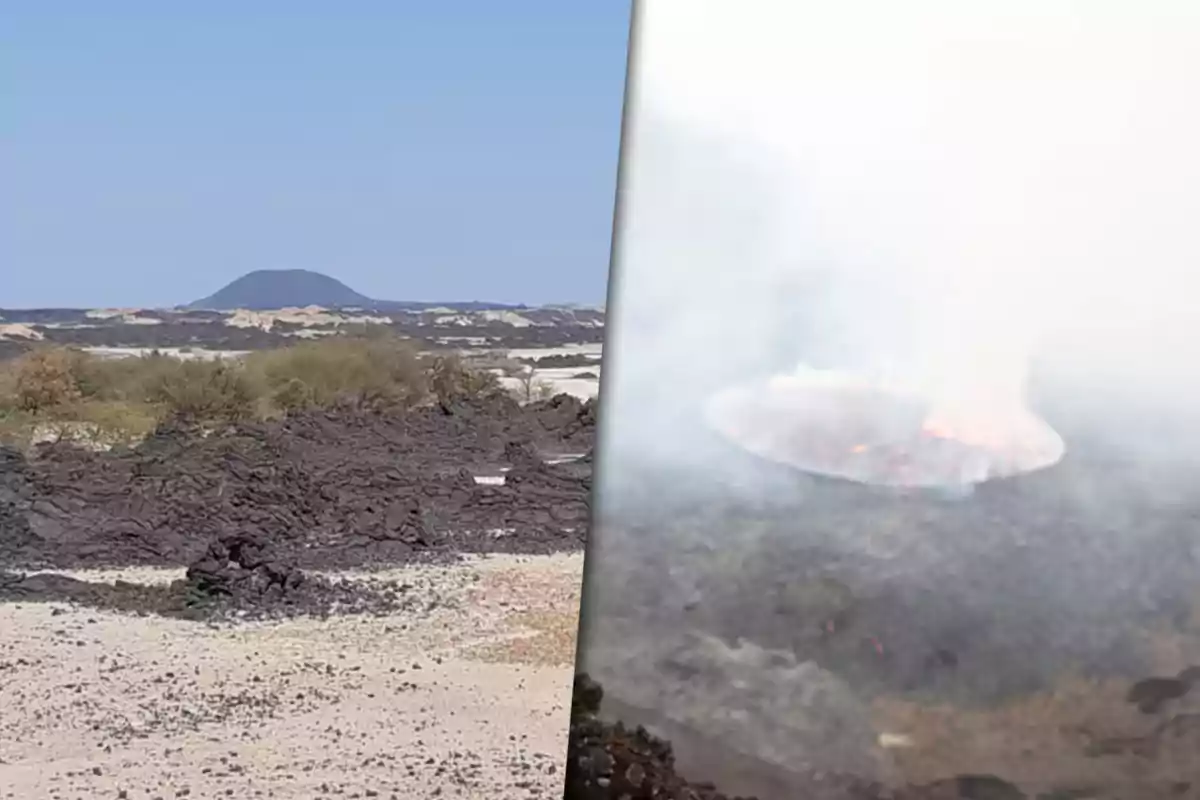
They discover pulses in Earth's mantle that could open an ocean beneath Africa
Waves of molten rock accelerate continental breakup and form a new ocean beneath Africa
An international study revealed that in the Afar region, in Africa, waves of molten material are occurring that drive the separation of tectonic plates. This unprecedented phenomenon shows a dynamic of Earth's mantle that was previously unknown.
These pulses rise from deep within the planet and could pave the way for the formation of a new ocean basin in the future.
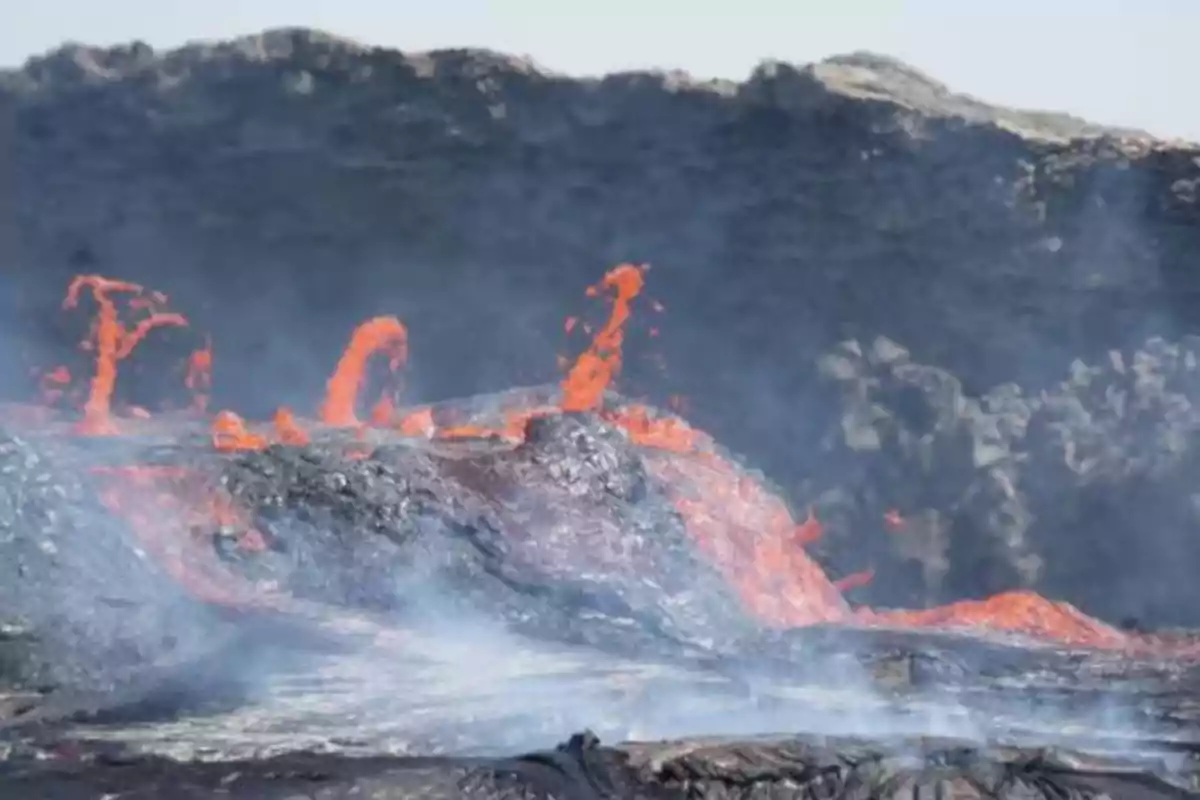
The triple fault that opened the door to the mystery
In Afar, three major tectonic faults converge: the Main Ethiopian Rift, the Red Sea Rift, and the Gulf of Aden Rift. This intersection generates a unique phenomenon that scientists have been monitoring since the mid-20th century.
The study, led by the University of Southampton and published in Nature Geoscience, detected that the mantle is neither static nor homogeneous. It pulses with waves of molten material that rise and modify the surface.
How these pulses work and why they matter
Dr. Emma Watts explained that these partially molten mantle pulses carry different chemical signatures and are channeled through the tectonic plates.
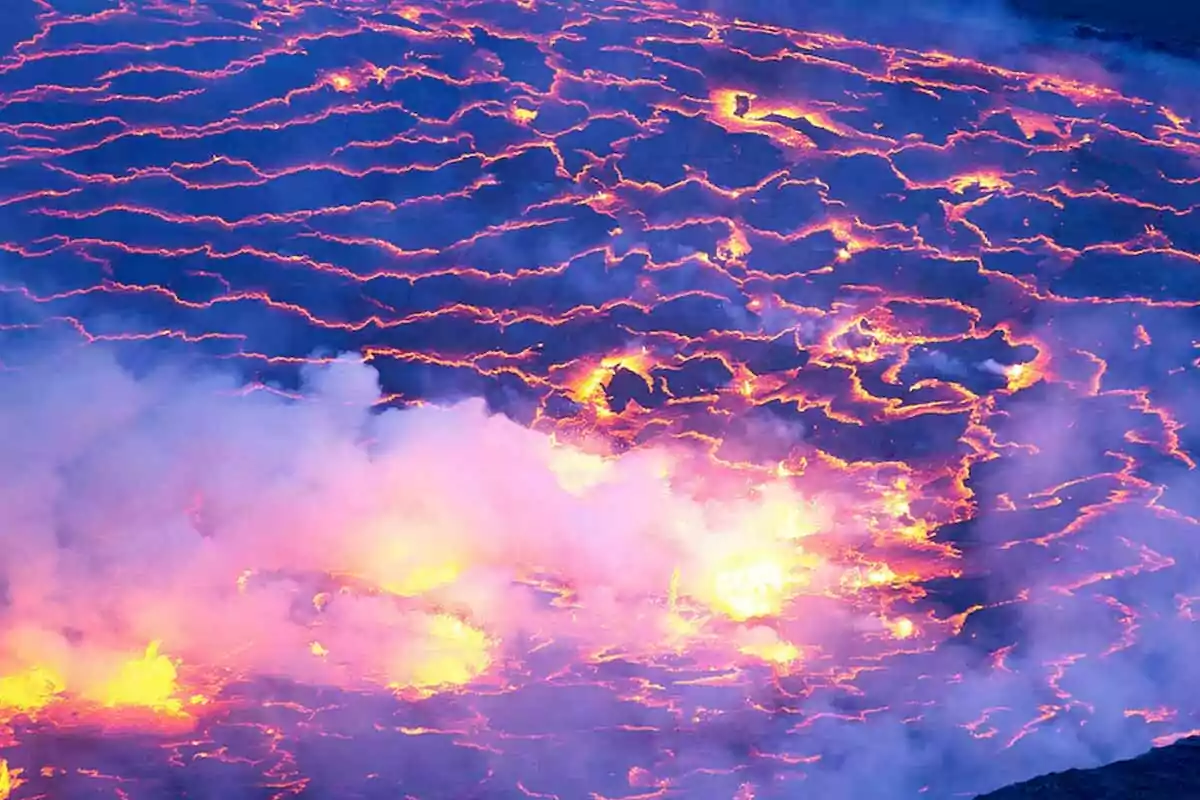
This helps to better understand the connection between what happens inside Earth and the changes we observe on the surface.
The study and its chemical revelations
With more than 130 volcanic samples analyzed, the researchers reconstructed the structure of the mantle and crust beneath Afar. There, they detected an upwelling of hot mantle that doesn't rise continuously, but in waves.
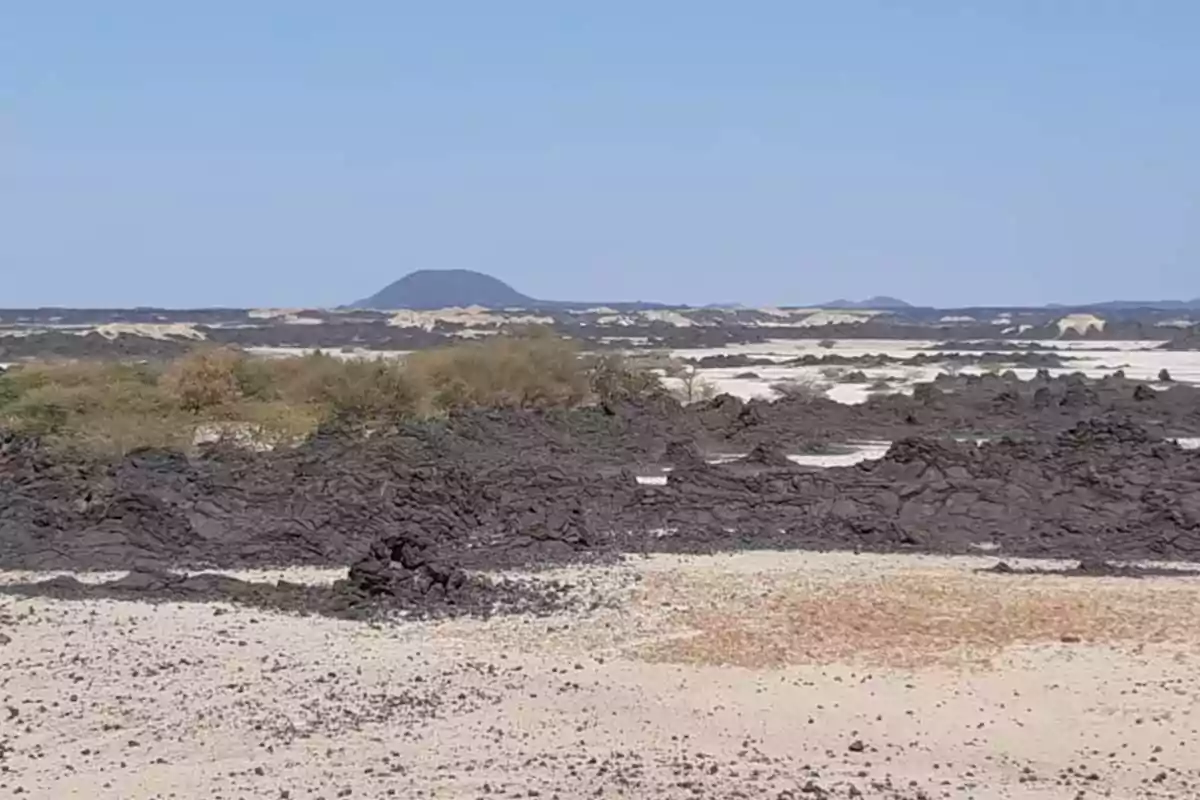
These waves leave chemical bands that function like "barcodes." Their frequency and regularity depend on the rate of plate separation.
A heartbeat in Earth's mantle
Tom Gernon, co-author, compared these pulses to a heartbeat that varies according to the thickness and speed of plate separation. In rifts like the Red Sea, which expand rapidly, the pulses travel more efficiently and regularly.
An ocean in formation
Continental breakup is a slow process measured in millimeters per year, but in Afar it is possible to observe it in action. As the plates separate, the crust stretches, thins, and eventually fractures.
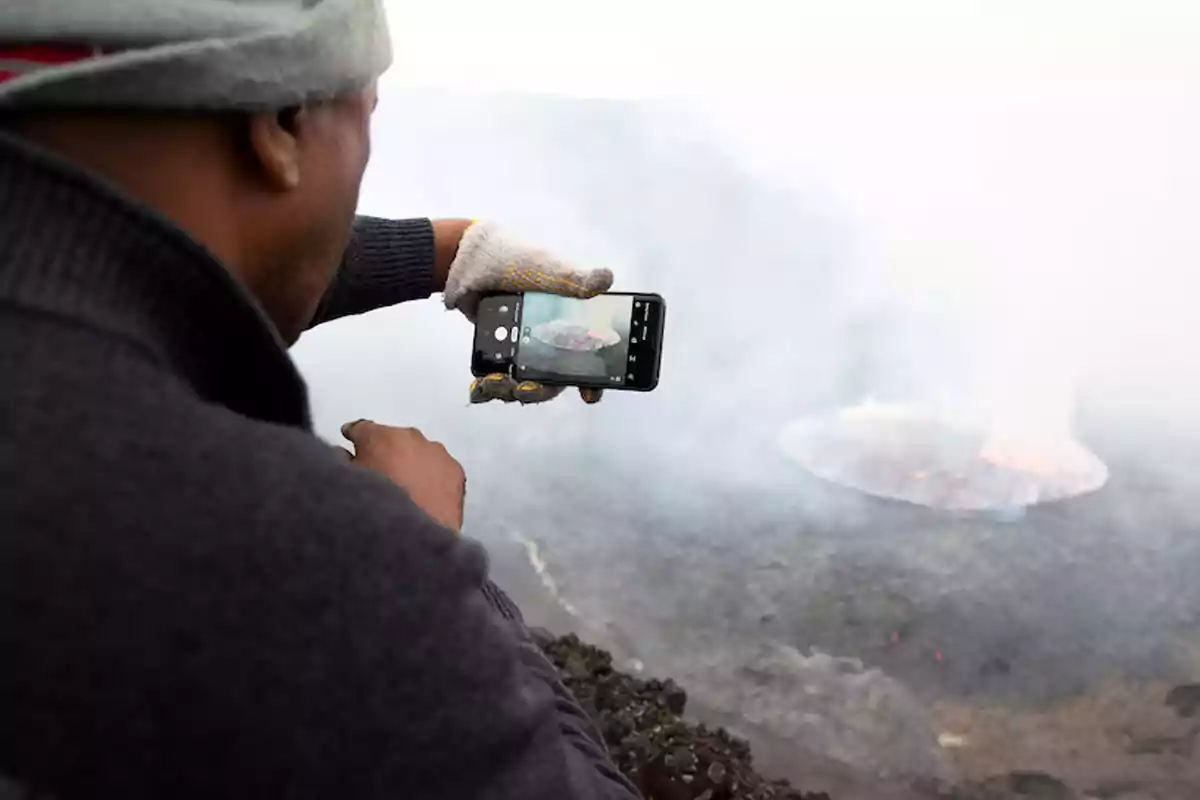
This phenomenon, which has taken millions of years, will give rise to a new ocean. The study links this breakup to the deep dynamics of the mantle, which directly influence the expansion of the rifts.
More posts: